Cornwall - Part One
Mousehole
A classic quaint Cornish harbour village, as you can see.
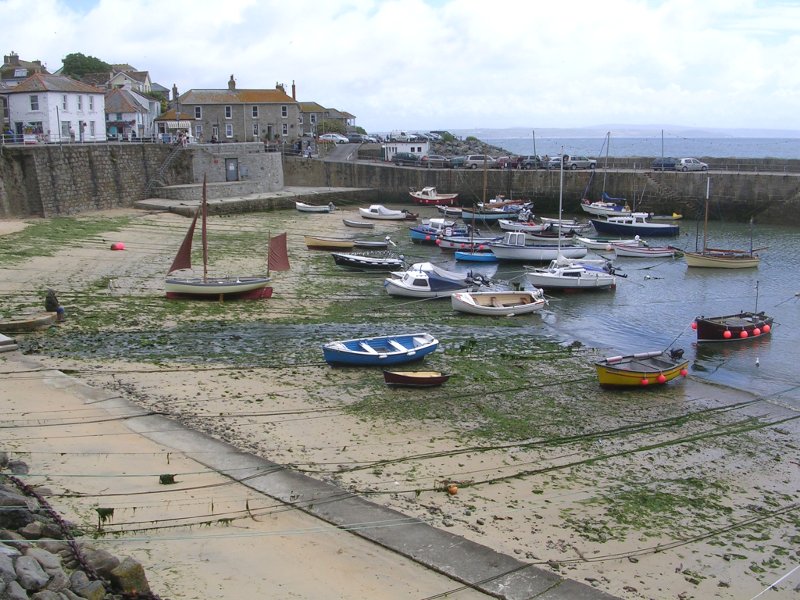
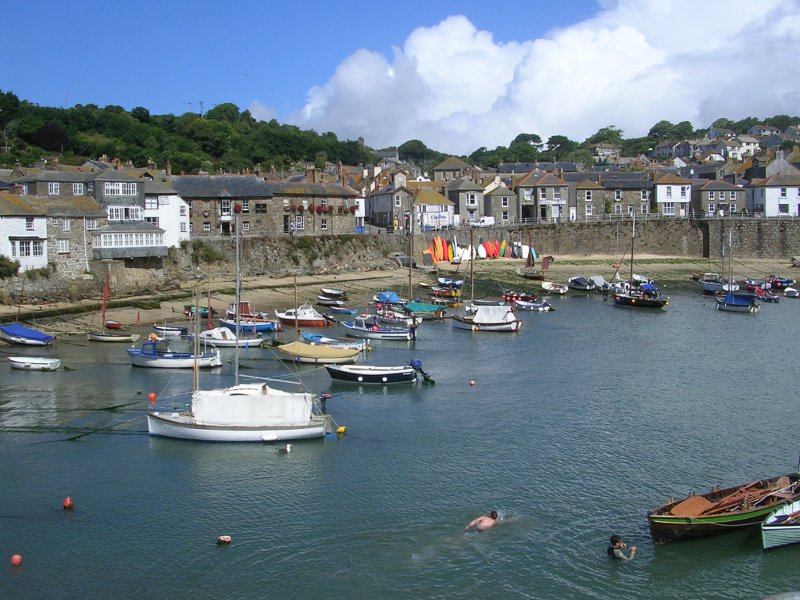
Away from the harbour, the shoreline is very rocky.
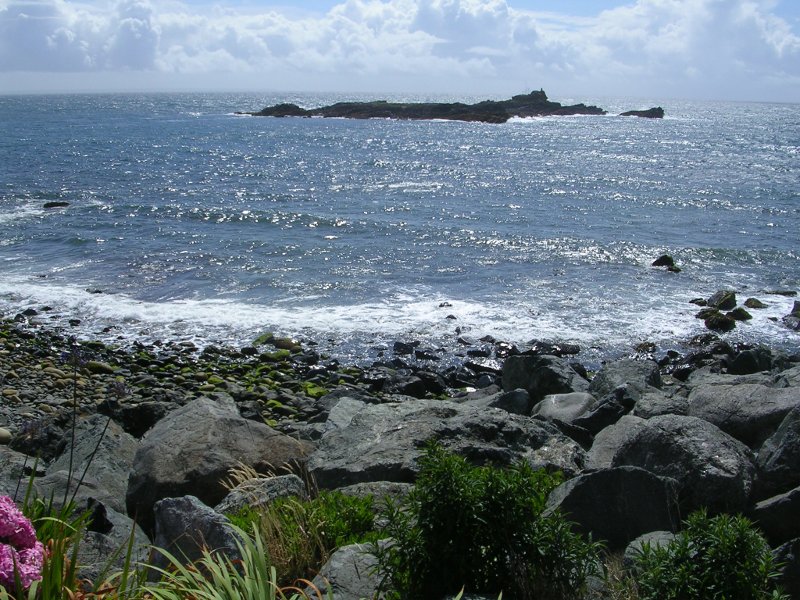
Porthcurno Telegraph Museum
Porthcurno was the place where transatlantic and Far East telegraph cables reached land, the location having been selected because of a steeply sloping beach and the fact that there were no local fishing boats (Early submarine cables suffered a lot from being accidentally snagged by trawlers.)
In the second world war tunnels were dug into the rock to protect the operation, and most of the fascinating museum is located in the tunnels. A large square farm building in the next valley was bombed by the Germans several times, suggesting their maps were not totally accurate.
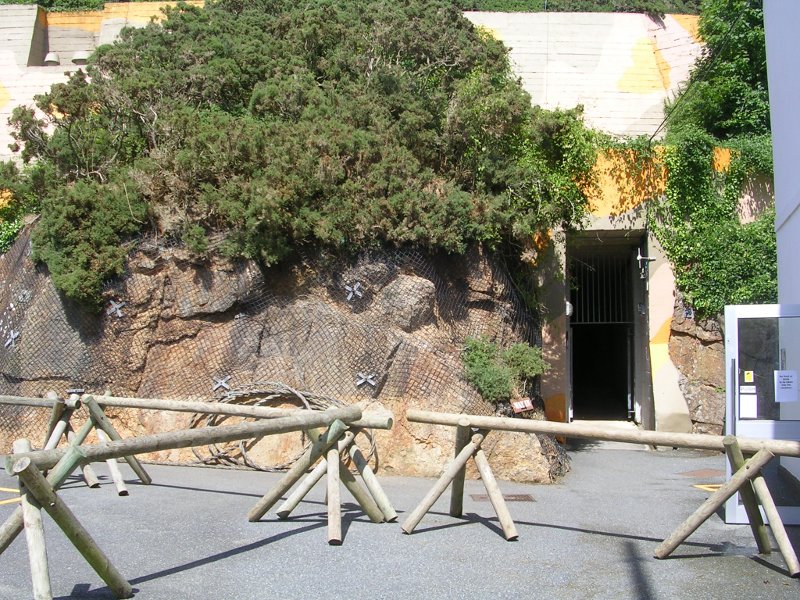
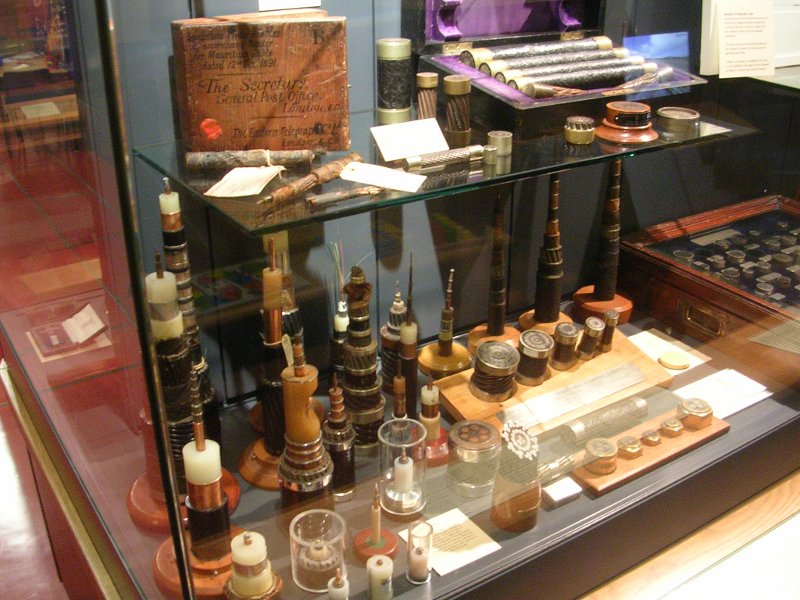
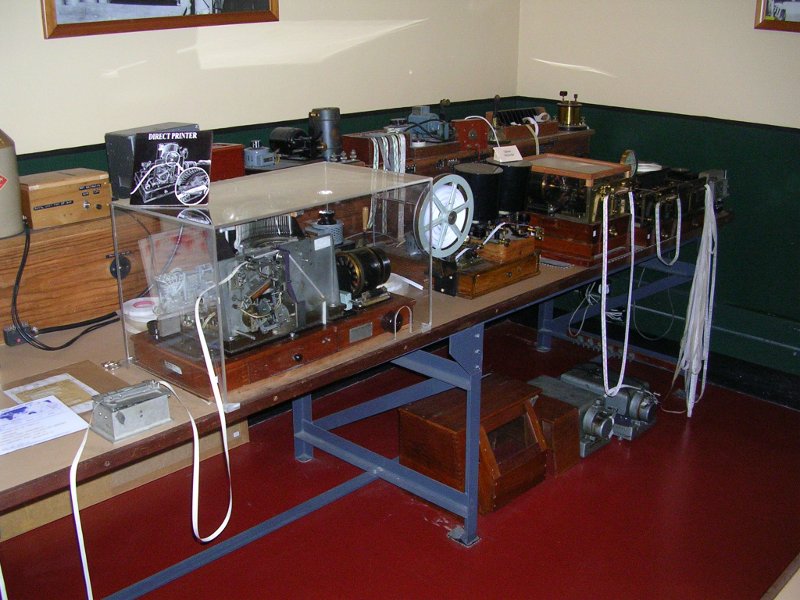
Land's End
A bit of a tourist trap (Dr. Who exhibition, 4-D Experience, Ye Olde Pastie Shop etc. etc.) but you can't come to Cornwall without visiting the "end" of England. And having a drink in the westernmost bar - No real ale, I'm afraid.
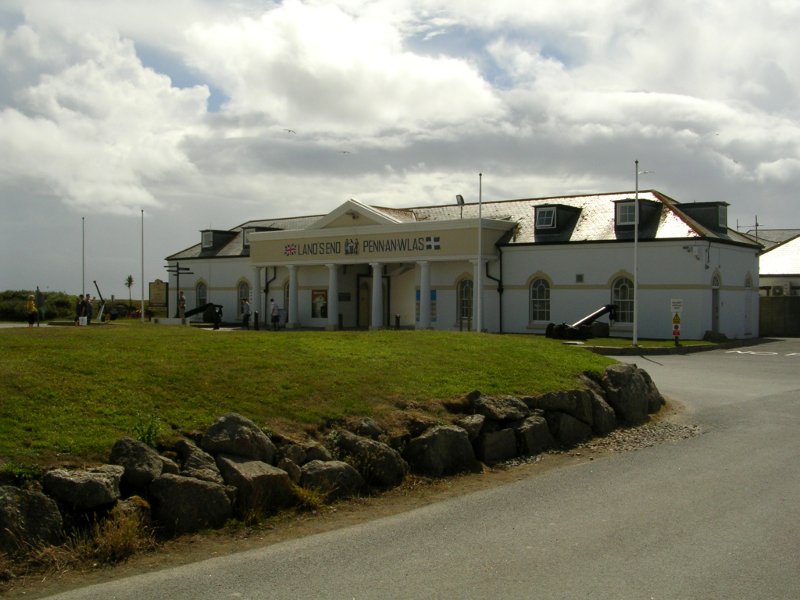
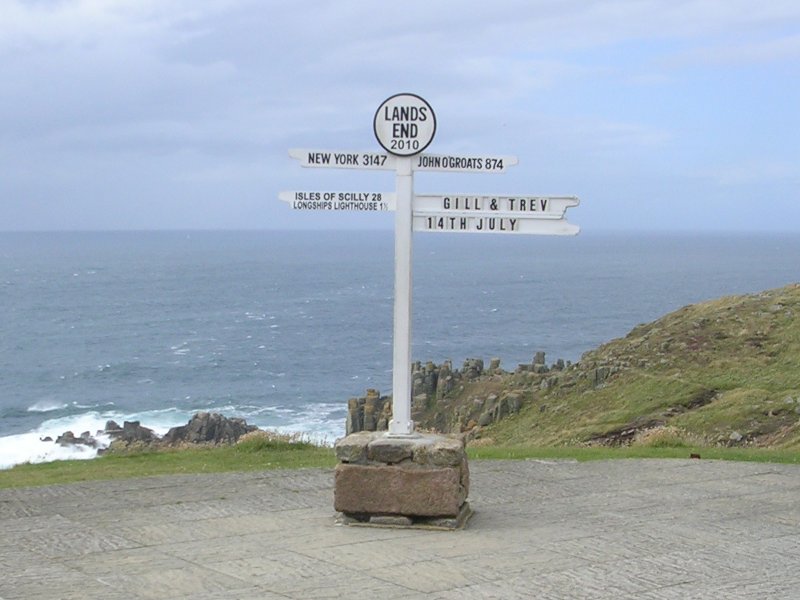
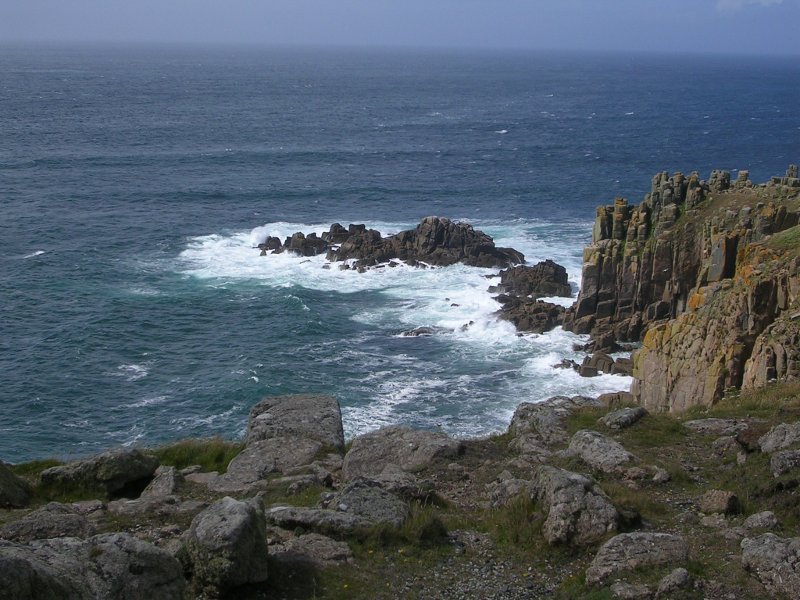
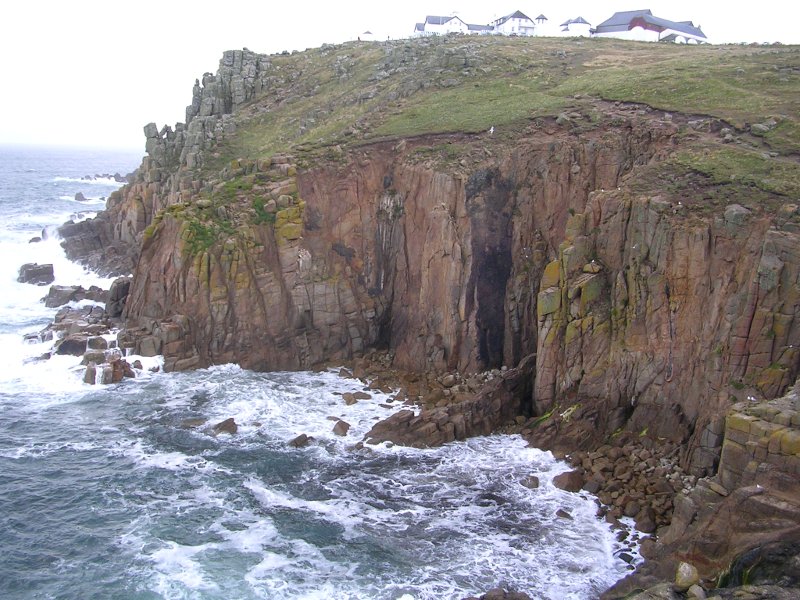
In the distance you can just see the Longships Lighthouse.
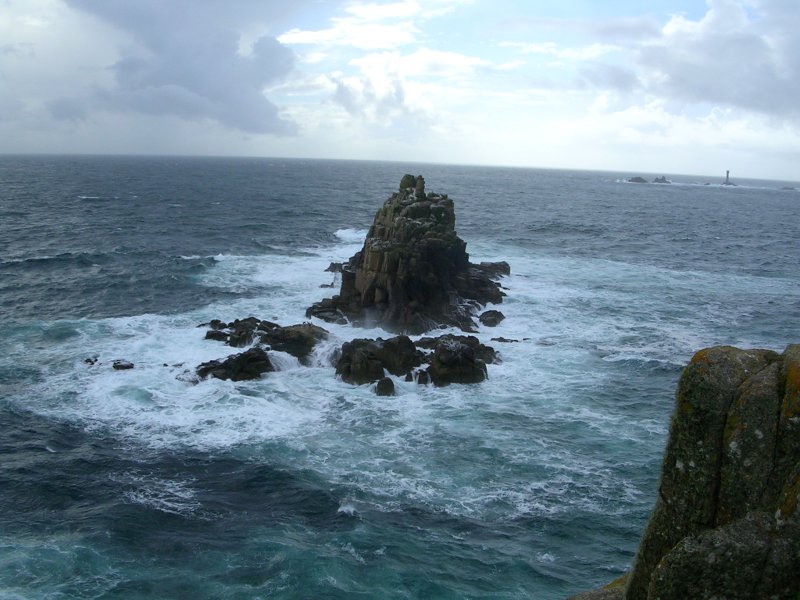
Poldark Mine
An old tin mine opened for tourists, with a collection of mine equipment above ground and a very informative tour underground. The tour includes some extremely narrow staircases and tunnels and involves getting wet, in order to recreate some of the conditions the miners had to suffer. It's difficult to get a good photo underground.
By the way, I noticed the publicity for this site compares it with the Wieliczka Salt Mine in Poland. While Poldark is well worth a visit, in no way does it compare with the stunning Wieliczka Mine (See Postcards from Poland.)
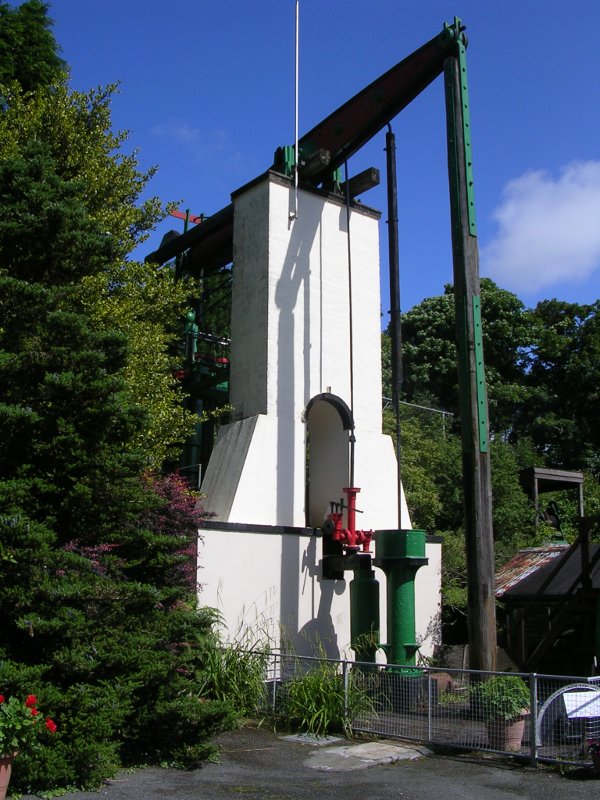
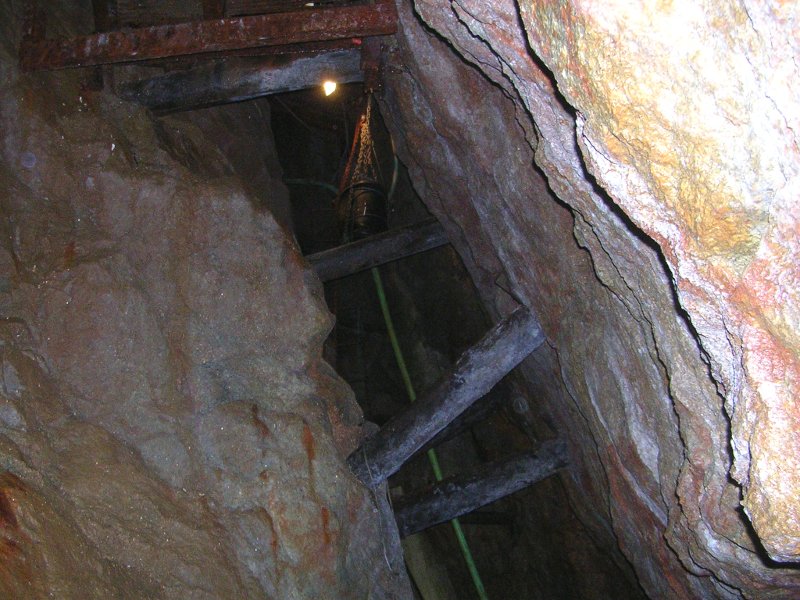
Falmouth
A lone Class 153 railcar stands at the end of the Falmouth branch, at Falmouth Docks station.
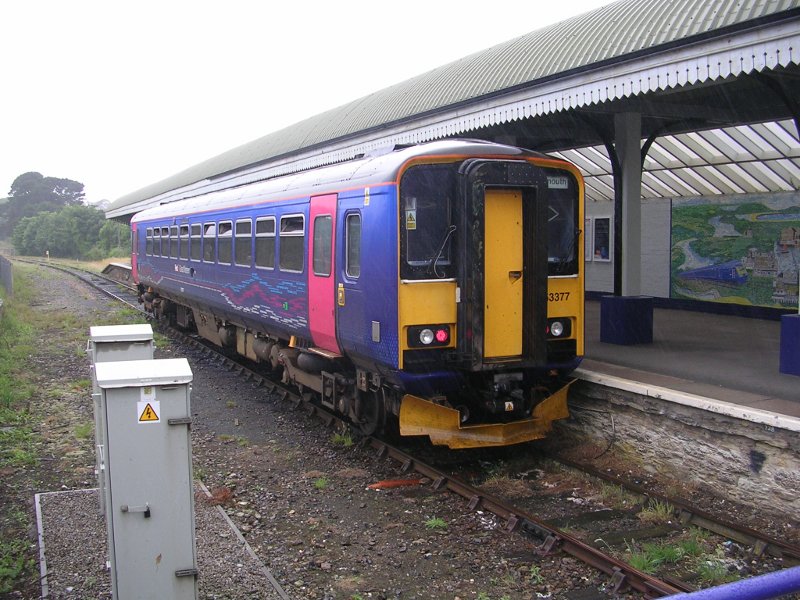
Falmouth's Maritime Museum is worth a visit. They have taken up the idea often seen in aviation museums of "flying" the exhibits. I found the lighthouses exhibition particularly interesting, although I don't seem to have taken any good pictures of it.
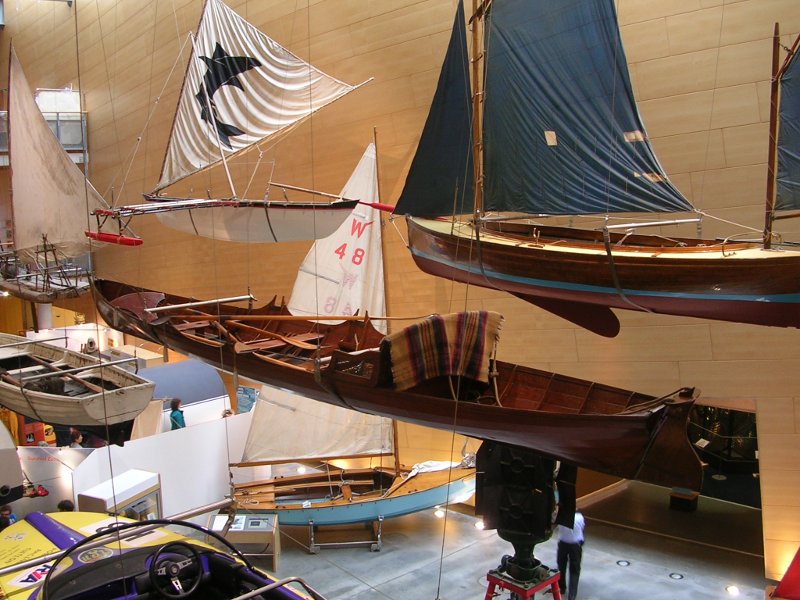
The museum has an observation tower giving good views of the busy harbour.
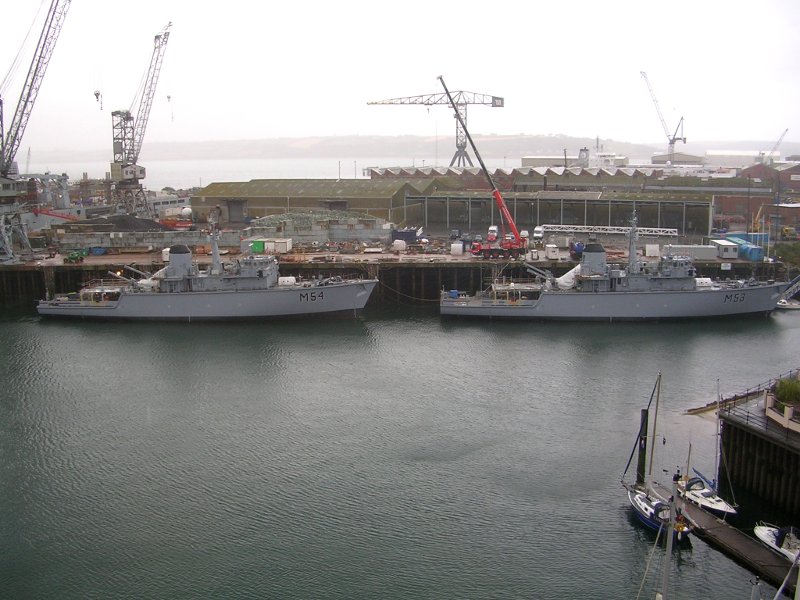
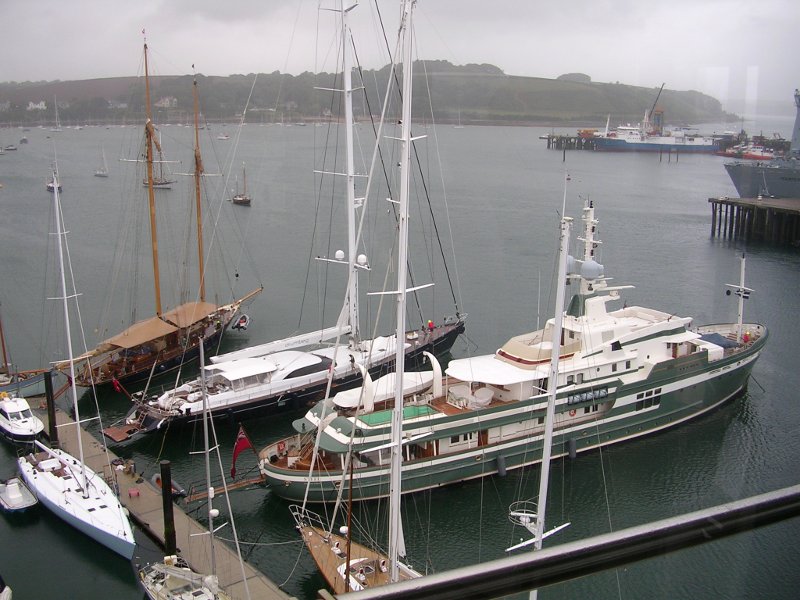
Par Station
For the holiday I was based at Par, where semaphore signals still control the trains.
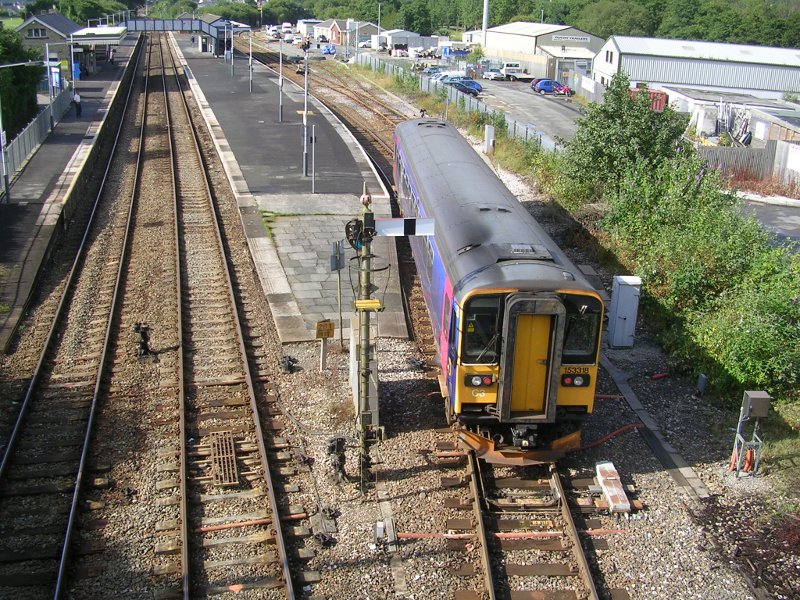
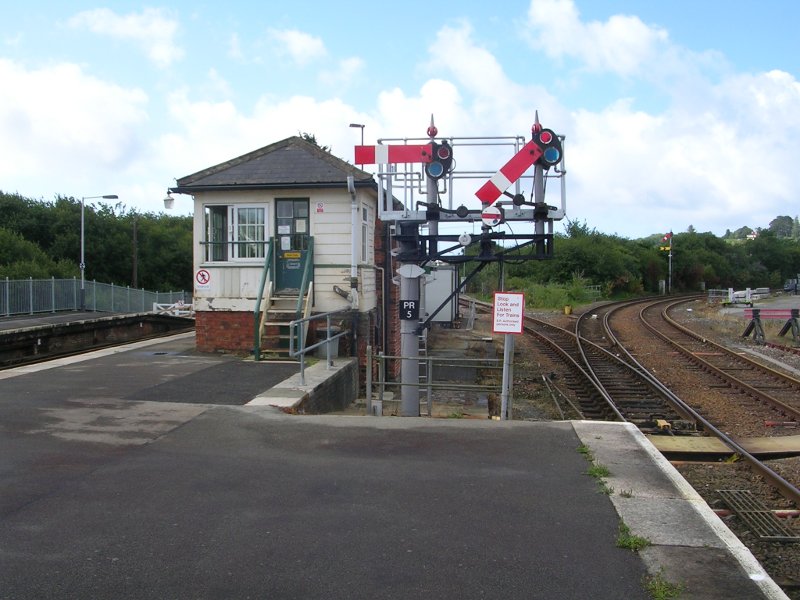
Bodmin and Wenford Railway
This preserved railway runs from a connection with the main line at Bodmin Parkway to Bodmin and on to Boscarne Junction. On a weekday I found the service in the hands of a Great Western Pannier Tank, except for the first train of the day which was a Class 108 DMU.
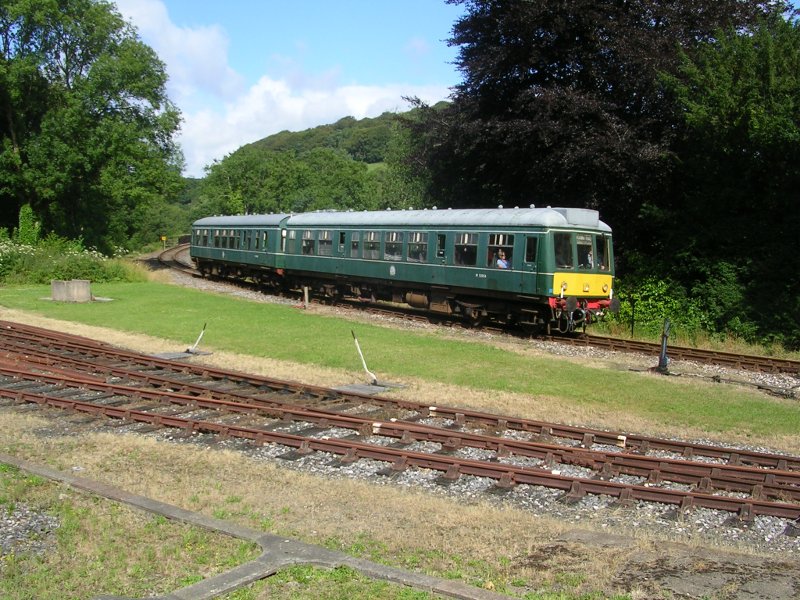
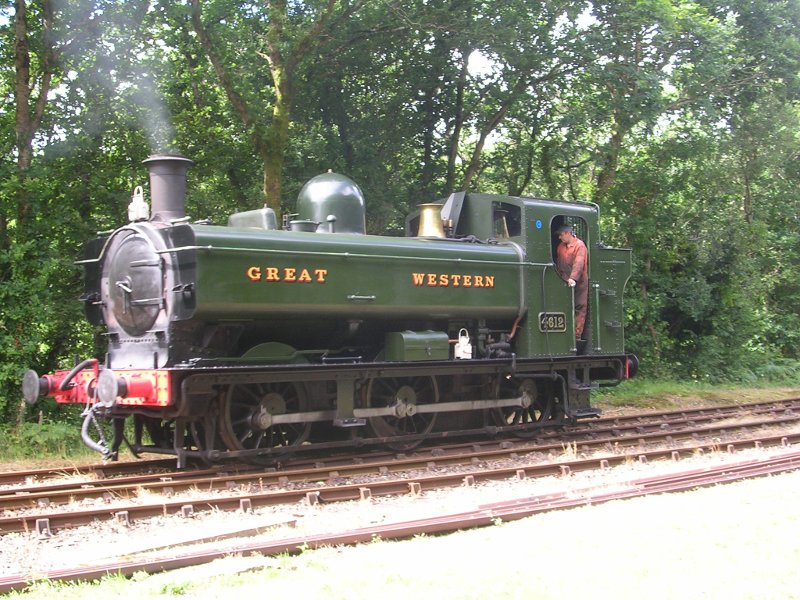
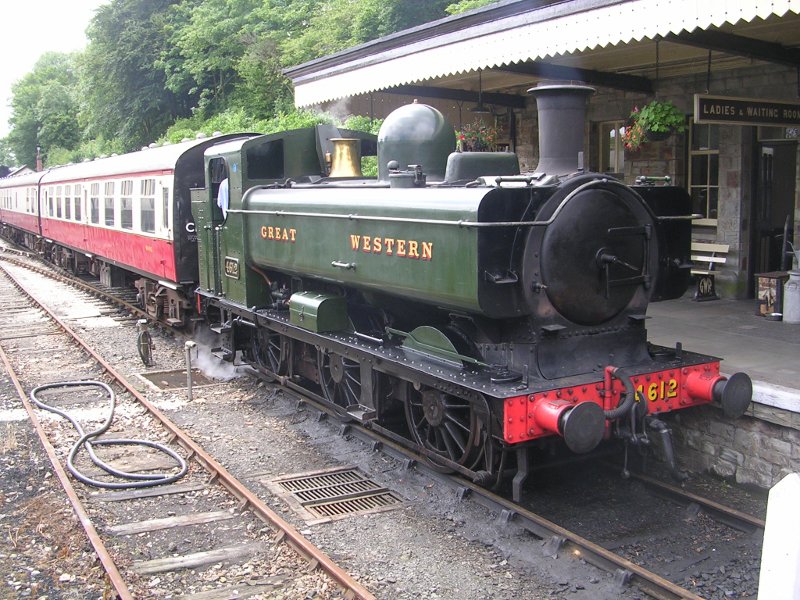
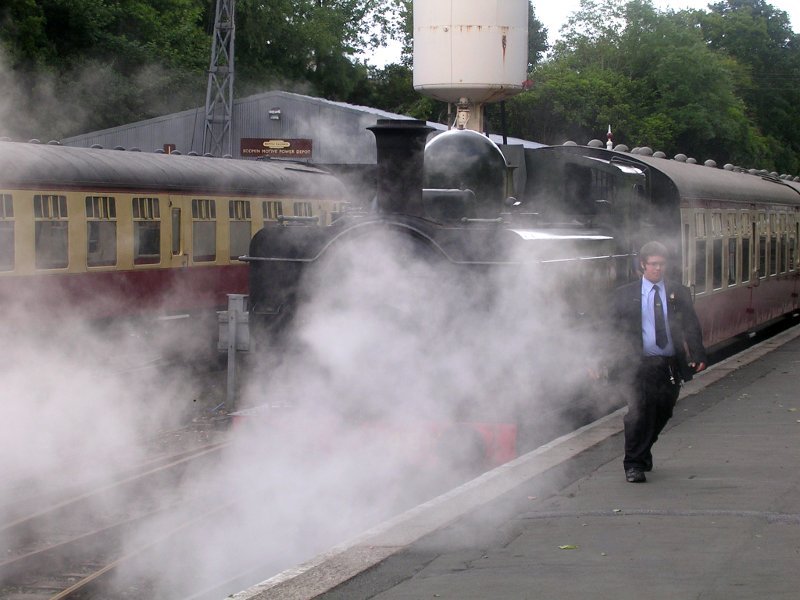
Saint Austell
I paid a visit to the Saint Austell Brewery for a very enjoyable tour (and some very good beer as well.) Despite being a major brewer producing about 16 million pints a year, they still use some very old equipment as part of the brewing process. Most of the site was rather too cramped for easy photography, but here you can see the modern bottling plant and an old copper, empty when we passed.
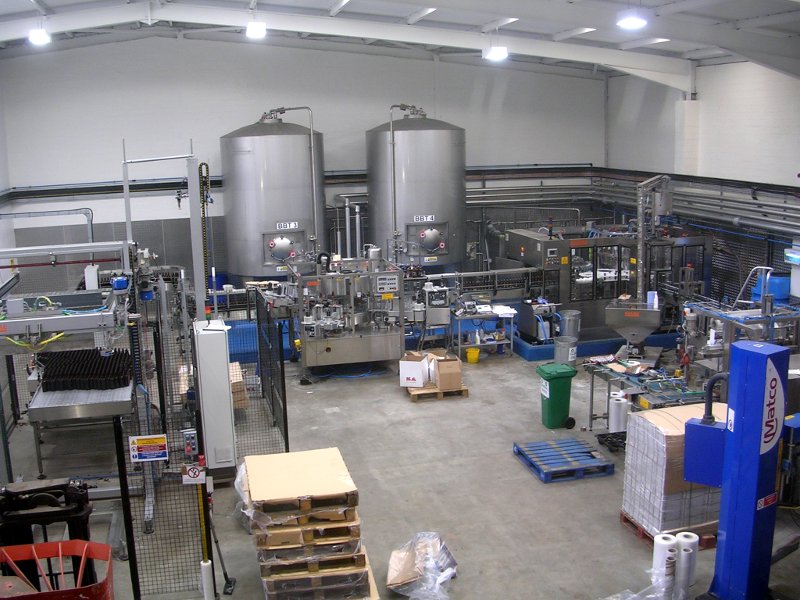
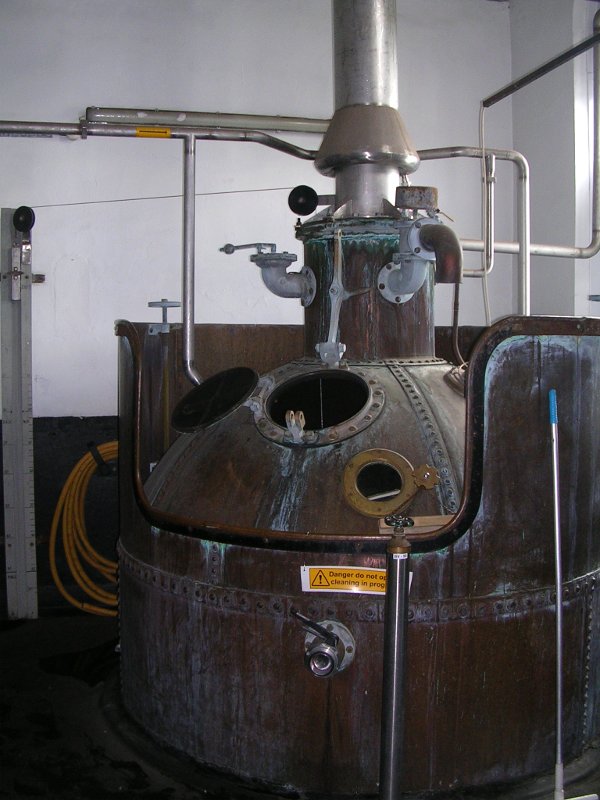
At St. Austell station the antique footbridge is looking a little the worse for wear. Not bad for 128 years old, though.
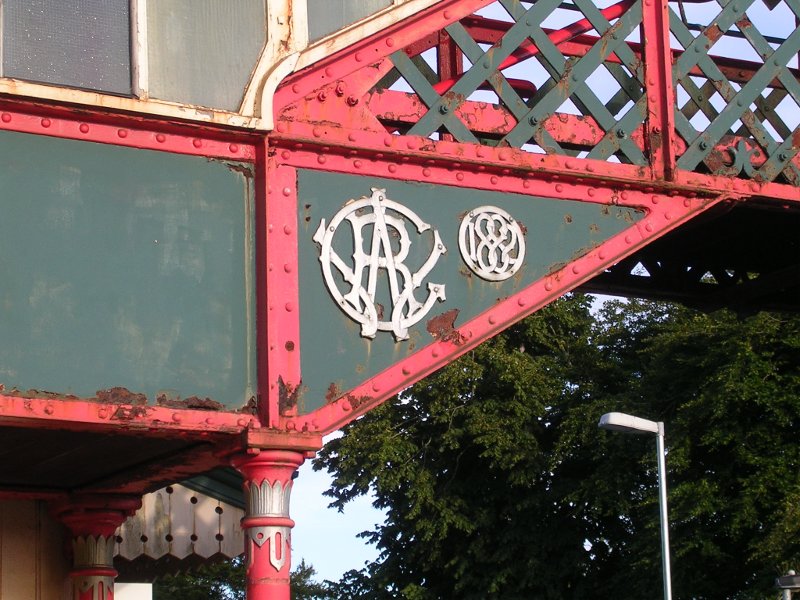
July 2010
Continued in Part Two.

























